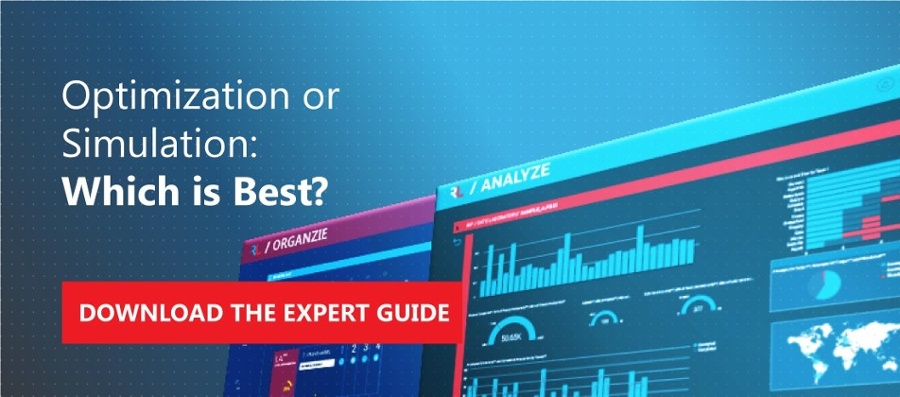Mathematical optimization uses software algorithms to examine variables in a business model, in continuous operations, or in data sets. Once that information is examined, those who've employed it can optimize in a way that conserves resources and/or increases profit.
Modern Mathematical Optimization
As long as there has been industry, there have been efforts to make conclusions from a set of data involved in a given business. Before computers, there was only so much that could be done. As computers became the status quo, suddenly more variables could be examined, and the streamlining of business began in earnest. Recently, cloud computing technology has proved another milestone in technological innovation involving algorithmic properties. Cloud computing spreads the load of calculation among multiple servers, diminishing the weight of that load. Currently, cloud computing has made it possible to examine terabytes and petabytes of data in real time. When one considers the vastness of available information, this becomes especially interesting.
A quick example: A corporation like Walmart has supply chains internationally. As a result, they are forced into using mathematical optimization to conserve resources, eliminate redundant practices and maximize profit. Walmart uses Integrated Business Planning to save money and increase their extensive influence. On a regular basis, complex computer models that leverage prescriptive analytics examine available data and meter how supply chains are managed. One innovation that technology has revealed to Walmart is that running a supply "fleet" that's their own successfully minimizes expense and maximizes profit.
Critical Implementation
Continuing with Walmart, let's examine the role a single error could have in America, their country of primary business. Walmart has 4,500 stores in America alone. These stores do hundreds of thousands of dollars individually, and daily. This means, if a group of stores in a state are without a trending product, millions of dollars could be potentially lost. So Walmart must use mathematical optimization to ensure the right amount of product is sent to the right amount of stores based on market trends.
There is far too much information to process by any human means, so algorithms are employed. Such software can determine the "sweet spot" in supply — or the amount which yields the most profit and the least loss. If there is too much of an item sent to a given store, it won't sell. As a result, it will have to be reduced in price to induce purchase, losing money. Sometimes it would make more sense to shuffle that item to another store. Sometimes, it would make more sense to cease selling that item. Whether decreasing price or relocating an item will bring more profit is something almost impossible to determine without the aid of technology that leverages mathematical optimization.
The Benefit Of Mathematical Optimization
For the sake of argument, let's say generic department store B moves $20,000 in merchandise monthly, while the same department store in another location only does $15,000 of the same product. Throughout an entire region, that variance remains within $5k of $20,000 consistently. Without mathematical optimization, all that can be done is the collection of numbers over a given year. From this information, supply chains can be adjusted to meet the needs of individual stores. Certainly some things will be conserved, and others excised.
However, with mathematical optimization, the effectiveness of supply can be adjusted in real time. This means that if a certain store suddenly begins to do better than it had been before, supply chains can be rerouted or adjusted immediately, rather than in the next calendar year. As we well know, trends can spike sales in the space of a week, or even a day. Likewise, sales can suddenly bottom out. The more quickly trends are observed and acted on, the more profitable sales become. Herein lies to beauty — and value — of mathematical optimization. For this reason, large organizations are implementing these techniques as quickly as they can. If five stores spike in sales of a product regionally, and that spike is only $1000, that's an additional $5000 revenue. If IBP software can identify such spikes every month, from one region alone an additional $60,000 could be reaped! In a big market like Walmart's, millions — even billions — can be gained.
Applicability
The larger a business, the more mathematical optimization will save money and increase profit via maximization of good business practices and elimination of poor ones. Localized, smaller businesses stand to profit too, though numbers will adjust themselves accordingly given extant revenue. It's clear that computer-based mathematical optimization is reinventing modern commerce.
Stay tuned for parts three and four, which explore the applicability of algorithms and mathematical optimization in business.







